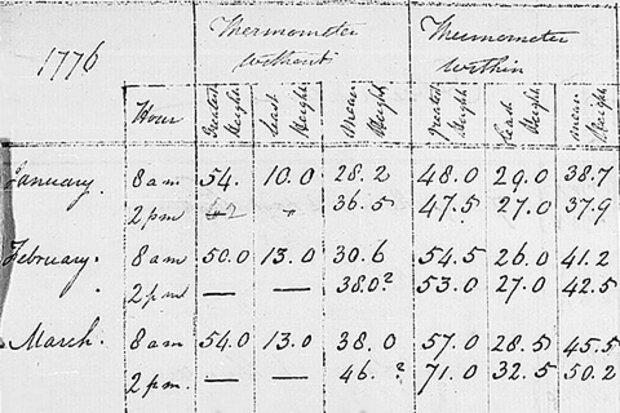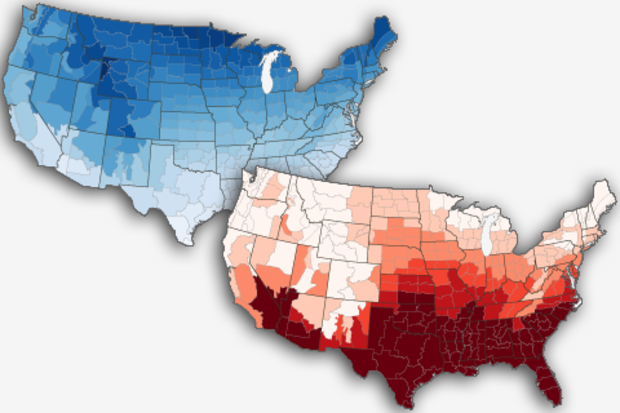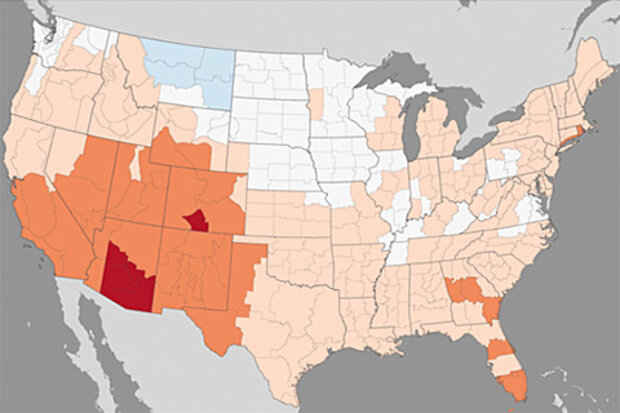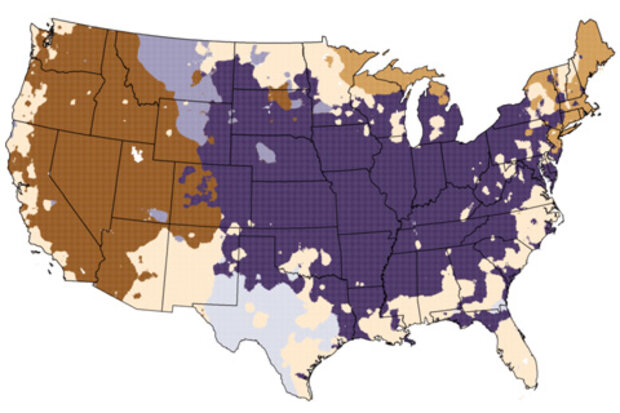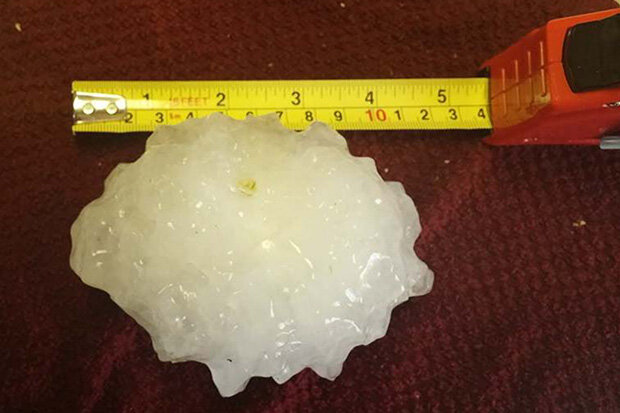Beyond the Data Blog
The winter average contiguous U.S. temperature was 1.8°F above average, ranking among the warmest third of the record since 1895. In February record-setting precipitation was observed across the mid- and lower-Mississippi Valley, the Midwest and Northern Rockies. During April, the average contiguous U.S. temperature was 48.9°F, 2.2°F below the 20th century average, making it the 13th coldest April on record and the coldest since 1997.
These are some recent statistics provided by NOAA’s climate monitoring program at the National Centers for Environmental Information (NCEI) and are part of the hundreds of climate reports that NCEI has produced in recent decades. Many businesse…
Read article
Average temperature is one of the most used datasets that we provide at the National Centers for Environmental Information (NCEI). The average temperature data for locations on land have been collected for centuries by the military, automated systems at airports and even volunteers. You will often see these numbers on your local newscast and how they compared to normal each day.
These maps work great for a lot of purposes, including highlighting how a month or season compared to average or how temperatures are changing with time, but sometimes they wash out important details. To capture some of these details, we have a lesser known way to utilize daily average temperature: heating and…
Read article
This week’s Beyond the Data edition looks a little more deeply at NCEI’s monthly U.S. climate report for March.
Cold season blues...or reds, rather
One of the handful of obscure meteorological/climatological seasons is the “cold season,” which in the U.S. runs from October through March. Now, I know it’s a stretch for a reader in, say, St. Paul to think of Arizona’s typical October-through-March average temperature in the upper 40s as a “cold season,” but it's all relative. For a state where the daytime high in the summer is 92F, the term "cold season" applies in Arizona, too.
Speaking of Arizona’s “cold season,” this was the warmest such season on…
Read article
Welcome to the sprung forward part of our calendar.
(yawns)
I'm really sorry about that. I didn't sleep well last night.
If you’re one of the thousands of Americans who strolled into your first appointment about 56 minutes late today, I feel your pain. Been there, done that! So, let’s protest the onset of Daylight Saving Time by springing back. Take that, clocks!
Today’s Beyond the Data will look back into some of the supplemental information attached to our February / Winter State of the Climate reports. Insider tip: the fun stuff is always in the supplemental information. We’ll pull out some fun regional trivia, but there’s at least one lesson about the climate system…
Read article
In the last few weeks, my colleague Karin Gleason and her colleagues around the country finalized a number of state climate extremes records and reports. Some of these were recent record-breaking events; some were recently discovered as data continue to be liberated from paper into the digital world; and some were backlogged because somebody had let them linger too long (here’s where I blush and stare at my shoes).
Here’s what Karin and Friends determined in the last month or so:
The 4.75” diameter hailstone that fell in Minooka, Illinois, in June 2015 was indeed the largest retrieved and reported in the Illinois record.
The 199 mph wind gust observed on Ward Peak in Febr…
Read article
